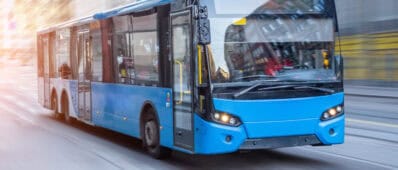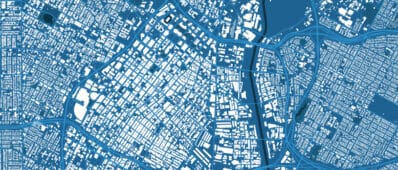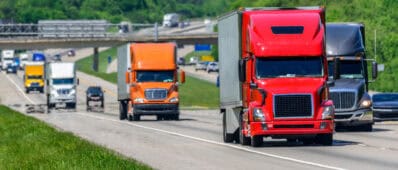Abstract
This report presents an analytical review of empirical research on the interactions between housing availability and production, travel behavior, accessibility, land use policies, and transportation policies. It identifies lessons from this review for California state legislative efforts to improve housing and transportation linkages, and to increase both transportation sustainability and housing affordability. Relevant California state efforts include legislation to influence parking standards; to require up-zoning near transit stations; to influence regional housing and transportation planning goals; and to change environmental review to focus on reducing vehicle miles traveled instead of accommodating road traffic.



